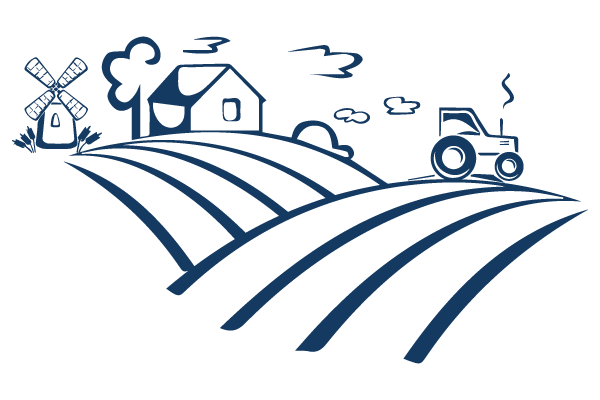

is setting us back.
FREE DST Sleep Strategy!
Only 40% of the world’s countries use Daylight Saving Time and a large percentage of the United States would like to do away with DST altogether – Arizona and Hawaii have already opted out. While the history of DST appears to revolve around conserving energy, the effects that springing forward an hour has on people’s well-being are very real. In fact, this small time change can significantly raise the risk of health-related issues.

Conclusion: Fortunately, people have the opportunity to sleep in a bit on Sunday, so they’re likely to only lose a little sleep despite the time change. But even 9 minutes less of sleep can make a difference to how you feel during the day!
The statistics say YES!

The spring time adjustment showed a 24% increased risk of heart attack on the Monday following the time change.
BMJ Journals >

A 2016 study found that the risk for a stroke increases by 15% on the Sunday and Monday after the time change.
Science Direct >

Car crashes increases 9% during the spring time transition.
New England Journal of Medicine >
Dr. Roy Raymann


farmer myth
A common myth is that the US government created DST as a way to give farmers more daylight to tend to their farms and livestock. As History.com explains, this was never the case.
“The agriculture industry was actually deeply opposed to the time switch when it was first implemented on March 31, 1918, as a wartime measure. The sun, not the clock, dictated farmers’ schedules, so daylight saving was very disruptive. Farmers had to wait an extra hour for dew to evaporate to harvest hay, hired hands worked less since they still left at the same time for dinner and cows weren’t ready to be milked an hour earlier to meet shipping schedules.”
The reality is that urban interests have been the driving force behind keeping the time shift. Retail shops and recreation-focused businesses have more to gain from extra daylight hours as people tend to shop and enjoy outdoors pursuits when the sun shines a bit longer during the day.